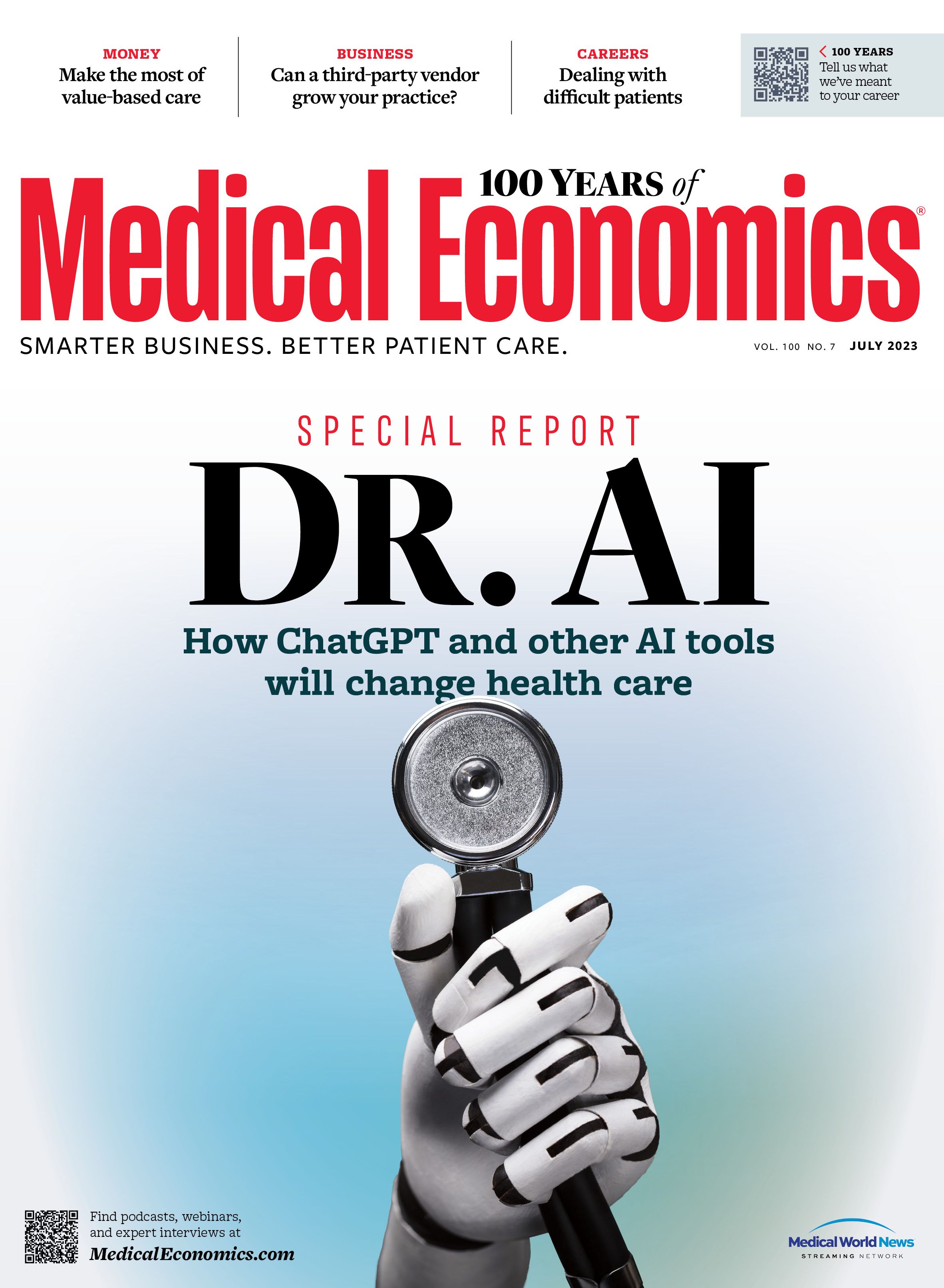Publication
Article
Medical Economics Journal
Thinking differently about difficult patients
Author(s):
Patients deserve our respect no matter the circumstances
Every physician, nurse, emergency medical technician, respiratory therapist and clinician of every specialty has mused about how much better their workplace would be if they did not have to deal with difficult patients or demanding families. It is helpful to remember the four principles that form the basis of the physician-patient relationship:
Doctor-patient relations: ©Goodluz - stock.adobe.com

1. Autonomy. Autonomy is the ethical principle widely considered most central to health care decision-making. In medical practice, autonomy is usually expressed as the right of competent adults to make informed decisions about their own medical care.
Adult and emancipated patients with decision-making capacity have the right to accept or decline offered health care, and physicians have a duty to respect the decisions of those patients, even if they disagree.
2. Beneficence. Beneficence means promoting the patient’s best interest by treating or preventing disease or injury and by informing patients about their conditions.
We also must protect our patients’ right to confidentiality.
3. Nonmaleficence. Do no harm. We are expected to avoid actions or treatments likely to cause the patient harm. Our patients trust us; they have faith in us that we will not harm them.
4. Justice. We are expected to allocate the benefits and burdens related to health care delivery fairly. We must act impartially regarding patients’ gender, race, age, or ability to pay.
In medical training, the hidden curriculum refers to the lessons that medical trainees receive behind the scenes and in “the real world.” Some of these lessons stand in stark contrast to the ideals of humanism and professionalism proclaimed in medicine’s codes of ethics and echoed during the first day of medical school orientation.
And yet patients become problematic only when they evoke negative thoughts in the mind of the treating clinician — thoughts that create feelings of frustration, confusion, anxiety, sadness and disgust.
Those negative feelings can lead to undesirable actions such as arguing with, snubbing or prematurely discharging the patient. Those who entered the medical profession with the highest and noblest intentions do not want their actions to stem from feelings of anger, fear and hatred. We are far better than that.
In my book, “Changing How We Think About Think About Difficult Patients: A Guide for Physicians and Healthcare Professionals,” I detail the lessons I have learned about how changing the thought process can positively impact how the clinician feels and performs.
Human behavior has been described in the literature of psychology in terms of the motivational triad and the think-feel-act cycle. Human beings at their most basic level are motivated to seek pleasure, avoid pain and minimize effort. Our thoughts cause us to feel a certain way and act accordingly.
We can apply this think-feel-act triad to our clinician-patient relationships. Once we accept that our own thoughts and beliefs create our emotions and are what cause us to act — not the words, emotions and actions of others — we can obtain better results for our patients and for ourselves. If a “problem” exists only in our minds, we can solve the problem by changing how we think.
The arrival of a patient in an office, on the hospital floor, at the urgent care center or in the emergency department presents a situation or event over which we have no control. The situation is neutral until a physician has a thought about the patient. Often, the generous thoughts of the health care professionals cause emotions like compassion or concern that drive the actions and determine results.
Choosing better thoughts is not just wishful thinking or slapping an optimistic idea onto an unfortunate situation. The first step is finding an intermediate, slightly more positive thought that feels believable. We cannot just conjure up rainbows and daisies where the reality appears murky and dark. If we retrain our brains to think about people not as challenging patients, but as people who challenge us, what a difference that very subtle change in thinking would make.
Joan Naidorf, D.O., is an emergency physician and author of “Changing How We Think About Difficult Patients: A Guide for Physicians and Healthcare Professionals.”






